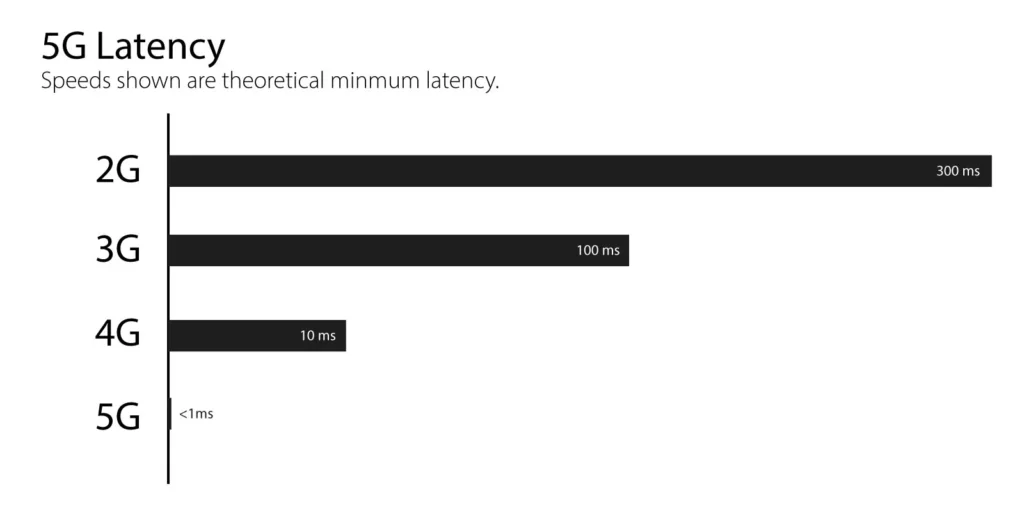As connected mobility continues to evolve, hybrid connectivity is becoming essential for the modern automotive ecosystem. By combining Satellite, Cellular (4G/5G), and Wi‑Fi technologies, automakers can deliver reliable, real-time data exchange that powers intelligent features, enhances safety, and improves user experience, no matter the environment.
What Is Hybrid Connectivity in Automotive?
Hybrid connectivity refers to the seamless integration of multiple network technologies within a vehicle’s communication system. It ensures continuous, adaptive connectivity whether the vehicle is in a densely populated city, traveling across rural highways, or parked in underground garages.
This type of robust communication architecture is crucial for:
- Over-the-Air (OTA) software updates
- Real-time navigation and traffic info
- Emergency services like eCall
- In-car infotainment and passenger connectivity
- Vehicle diagnostics and telematics
Satellite Communication: Global Reach When It Matters Most
Satellite networks are critical in extending connectivity to areas with weak or unavailable terrestrial coverage. Whether crossing borders, driving through remote regions, or during network outages, satellite offers uninterrupted communication, particularly for:
- Navigation and fleet tracking
- Emergency calling services
- Redundant backup connectivity
Cellular (4G/5G): Real-Time Vehicle Intelligence
Cellular networks—especially with the rise of 5G—provide the speed and low latency required for:
- Advanced Driver Assistance Systems (ADAS)
- Real-time cloud communication
- Location-based services
- Remote diagnostics and alerts
5G enhances hybrid systems by offering faster speeds and supporting vehicle-to-everything (V2X) communication models.

Wi‑Fi Connectivity: Passenger-Centric Experiences
In-vehicle Wi-Fi hotspots provide an essential layer for driver and passenger convenience. By offloading traffic from mobile networks and enabling simultaneous device connectivity, Wi-Fi is ideal for:
- Streaming music and video
- Supporting tablets and smart devices
- Fleet management applications
Why Hybrid Connectivity Is the Future of Connected Vehicles
| Feature | Satellite | Cellular | Wi‑Fi |
|---|---|---|---|
| Remote Coverage | ✅ | ❌ | ❌ |
| Low Latency | ❌ | ✅ | ✅ |
| Infotainment Support | ❌ | ✅ | ✅ |
| Network Redundancy | ✅ | ✅ | ✅ |
By combining all three, manufacturers achieve:
- Uninterrupted service in all conditions
- Optimized performance depending on location and use case
- Resilient connectivity for mission-critical applications
Conclusion
In today’s connected vehicle ecosystem, hybrid connectivity is not just a feature—it’s a necessity. By intelligently combining Satellite, Cellular, and Wi‑Fi technologies, automakers can deliver safer, smarter, and more seamless experiences for drivers and passengers alike.
At Horizon Connect, we help OEMs, Tier 1s, and mobility operators with automotive IoT and connectivity integration.
Horizon Connect is your trusted partner for turning that vision into reality.


